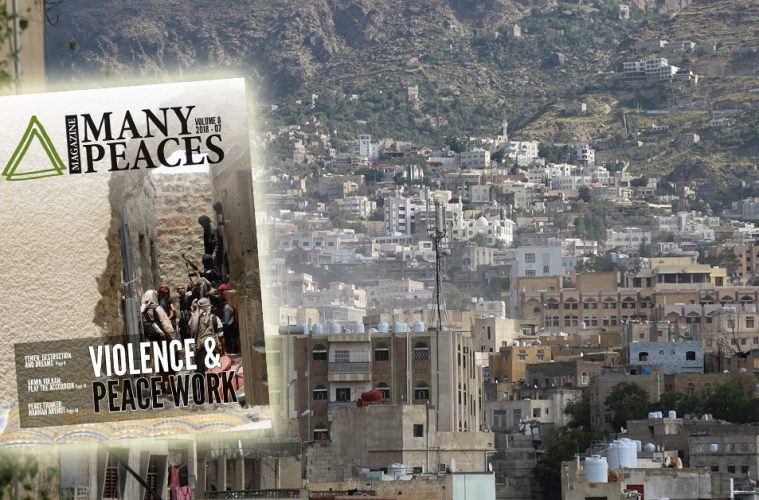As we are presenting to you the 8th Volume of MPM, our team and vision are in a dynamic process of transition. What once started as an attempt to bring together the Peace and Conflict Studies community at the University of Innsbruck has become a project with a meanwhile much larger outreach into the broader Peace and Conflict Studies Community and beyond. Such change necessarily comes along with a process of self-reflection and re-orientation. In our self-understanding we are an outlet at the intersection between Peace and Conflict Studies, research communication and Peace Journalism, unifying both academic and journalistic formats under one umbrella. What is it that makes peace journalism – and more broadly Peace and Conflict Studies unique? Trying to find our answer to this question we have talked to Johan Galtung, the founding father of European Peace Studies, who told us:
Peace Journalism is to mainstream journalism as is Health Journalism: the focus is not only on analysis and, possibly, forecasting, but also on remedies. In short, not only diagnosis and prognosis, but also therapy. Full circle. Peace and Conflict Studies have a similar relation to mainstream International Relations: not only analysis and maybe forecasting, but “what do we do bout it”, therapy. In addition, Peace and Conflict Studies are not only like International Relations at the macro level of states and nations, but also at the micro level of persons, meso level of groups inside societies, and mega level between regions and civilizations.
From the perspective of the Innsbruck School of Peace Studies, which provides the larger framework for the dedicated work of our 15 team members (a new peak in terms of team size) we can fully agree with Galtung’s human-centered approach, in which he includes the micro-level of analysis as an adequate response to the violence inherent to merely state-centered International Relations perspectives. However, there is something disturbing about the idea of diagnosis and prognosis. The underlying notion of such an image is one of a vectoral chronosophy that assumes that conflict workers can cure conflicting actors from their “conflict-diseases” like modern doctors. However, peace work from the perspective of the Innsbruck School, can always only start from the uncertain ground of the here and now, by inquiring into the many possibilities for new courses of action from within dysfunctional conflicts, in a sincere dialogue about the respective possibilities, with all parties involved. The MPM as a peace journalistic outlet tries to support such processes with diverse contributions and perspectives from our global network of authors.
With the current volume on the issue of “Violence and Peace Work”, we present a founding concern for Johan Galtung and the discipline of Peace and Conflict Studies as an academic field some 60 years ago, namely the question: How can different forms of violent relationships be transformed into dynamic situations that are more harmonious, and hence perhaps more human, for everyone involved?

